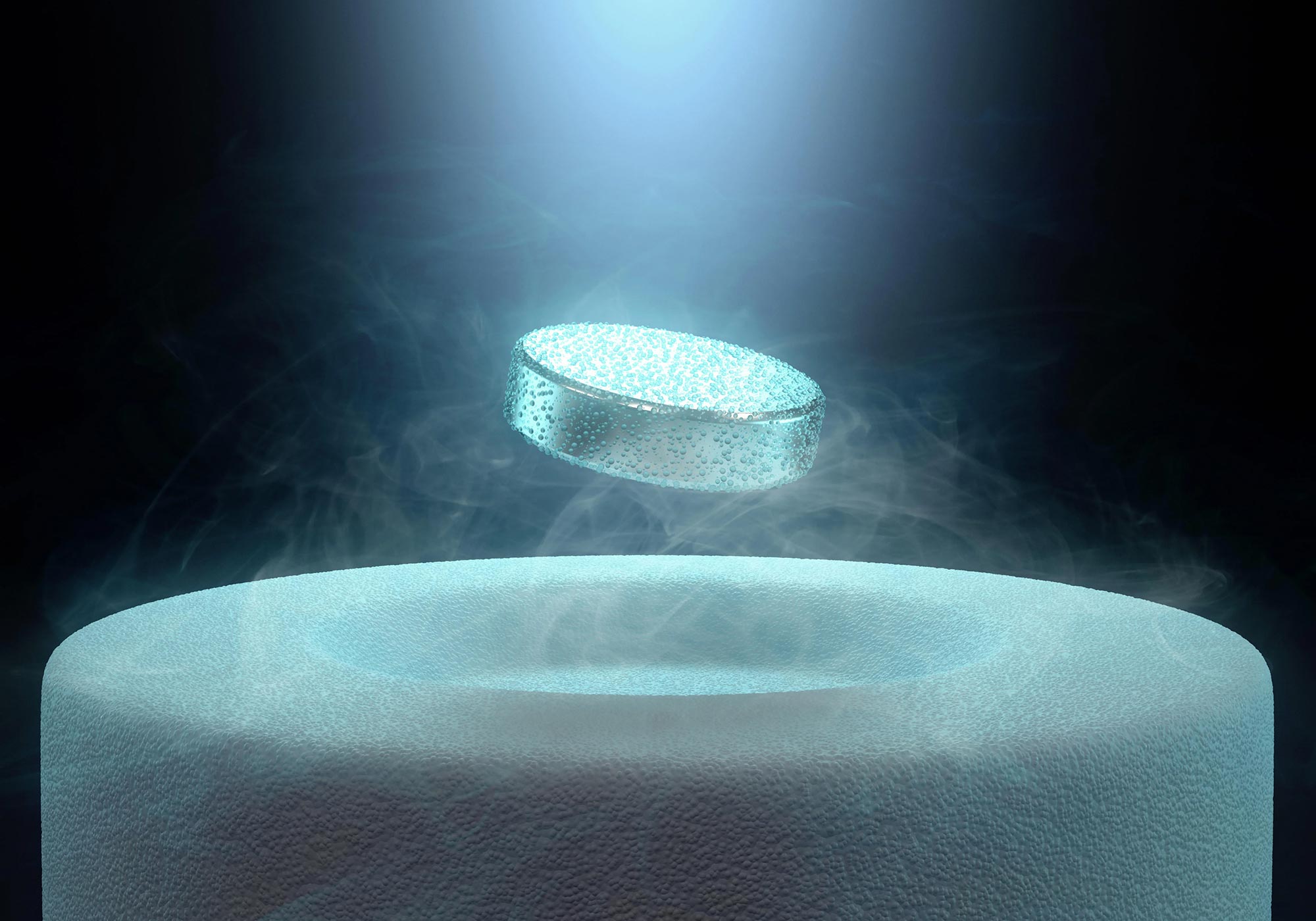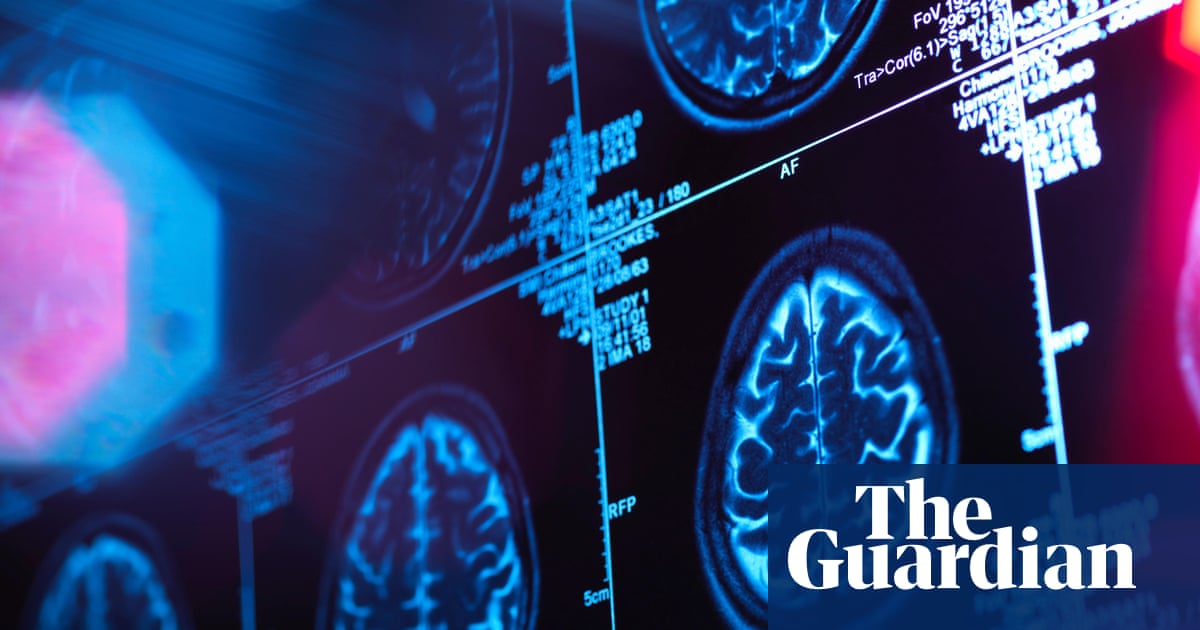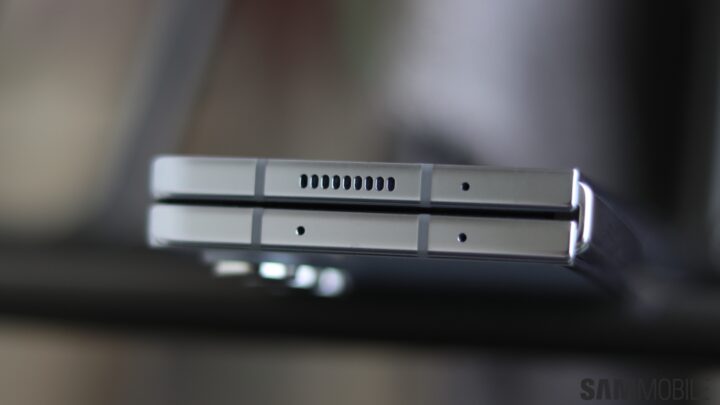A recent 6-week, randomized, controlled, double-blind study has found that a non-invasive brain stimulation technique can notably improve cognitive functions in patients with Alzheimer’s disease. This finding, published in General Psychiatry, opens new avenues for managing a condition that currently has limited treatment options.
Transcranial direct current stimulation, often abbreviated as tDCS, is a form of brain stimulation that is painless and non-invasive. It involves using a device that sends a low-intensity electrical current through the brain. This current is believed to change the way brain cells function, potentially improving cognitive abilities. Unlike some other forms of brain stimulation, tDCS does not require surgery and is generally considered safe, with minimal side effects.
Alzheimer’s disease, a progressive brain disorder, severely affects memory and thinking skills, diminishing the ability to carry out the simplest tasks. Current treatments mostly involve drugs, but they offer limited effectiveness and pose a risk of side effects, especially in older adults with other health issues.
Previous research has suggested that brain stimulation techniques like tDCS might improve cognitive abilities not only in healthy individuals but also in those with mental health conditions. This led the team of researchers from Zhejiang, China, to explore the potential of tDCS for Alzheimer’s patients, particularly given the need for more effective and less invasive treatment options.
The study was conducted over a span of two and a half years and involved 140 participants, who were recruited from Ningbo Kanging Hospital, the Second People’s Hospital of Lishui, Taizhou Second People’s Hospital, and Yu Yao Third People’s Hospital between January 2020 and July 2022. The participants, all diagnosed with Alzheimer’s disease, were divided into two groups. One group received active brain stimulation, while the other, the control group, received a sham treatment – a simulation of the actual treatment but without any therapeutic effect.
The treatment involved placing sponge electrodes on specific areas of the head and delivering a 20-minute session of stimulation twice daily. The electrical currents were directed to the prefrontal cortex, an area of the brain responsible for complex functions including planning, decision-making, working memory, regulating social behaviors, and overseeing certain elements of speech and language.
This routine was followed five days a week for six continuous weeks, totaling 30 sessions. The participants were unaware of whether they were receiving the actual tDCS treatment or the sham.
Out of the total sample, 133 patients successfully finished the 2-week intervention, and 124 completed the 6-week intervention. While there were various reasons for participants dropping out, discomfort was not cited as a reason for withdrawal by anyone.
After six weeks of treatment, the group that received the actual brain stimulation showed significant improvements in various cognitive functions compared to the baseline measurements taken at the study’s onset. These improvements were not observed in the group that received the sham treatment.
In more detail, the improvements in the treatment group were notable in areas such as memory recall, understanding instructions, and recognizing words. Additionally, an assessment called the Mini-Mental State Examination, which is a standard tool used to measure cognitive impairment, showed notable improvements in the treatment group.
Interestingly, the study also measured a concept known as motor evoked potential, which is a measure of neural plasticity, which refers to the brain’s capacity to reorganize itself by forming new neural connections. After six weeks, the treatment group showed enhanced neural plasticity, indicating a potential link between the stimulation and improved brain function.
While the results are promising, there are several limitations to the study. Firstly, the sample size, though considerable, was still limited. More extensive studies are needed to confirm these findings. Secondly, the study did not include neuroimaging, like MRI scans, which could provide more insights into how brain stimulation affects brain networks. Thirdly, the study lacked a long-term follow-up, which is necessary to understand the duration of the treatment’s effectiveness. Future research will likely focus on these areas, potentially integrating more comprehensive neuroimaging and biological markers to deepen our understanding of brain stimulation’s role in treating Alzheimer’s.
The study, “Impact of twice-a- day transcranial direct current stimulation intervention on cognitive function and motor cortex plasticity in patients with Alzheimer’s disease“, was authored by Xingxing Li, Lei Chen, Kunqiang Yu, Wenhao Zhuang, Hui Zhu, Wenqiang Xu, Hui Yan, Gangqiao Qi, Dongsheng Zhou, and Shaochang Wu.

Rachel Carter is a health and wellness expert dedicated to helping readers lead healthier lives. With a background in nutrition, she offers evidence-based advice on fitness, nutrition, and mental well-being.







